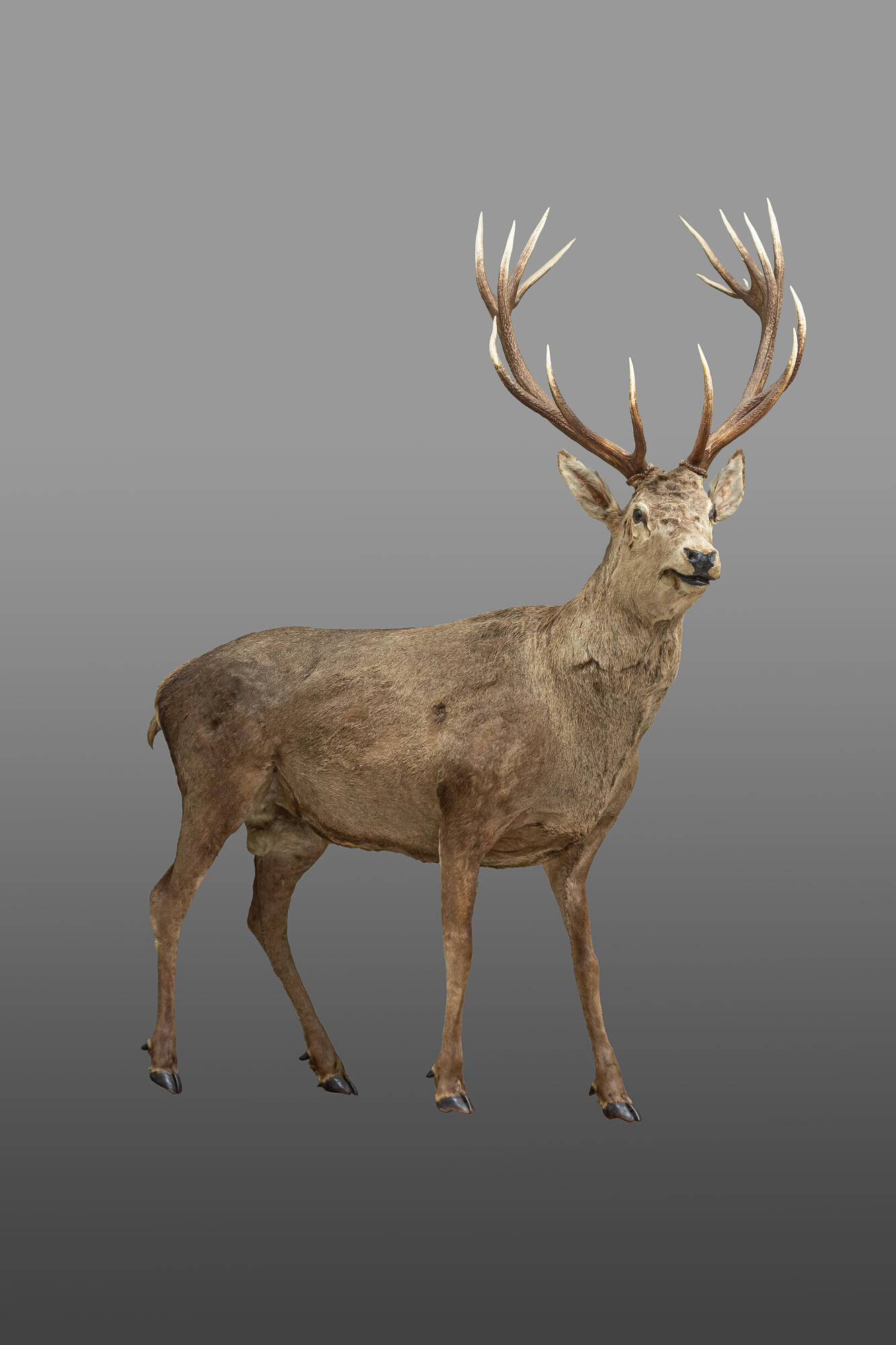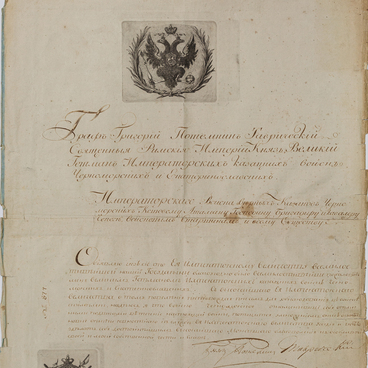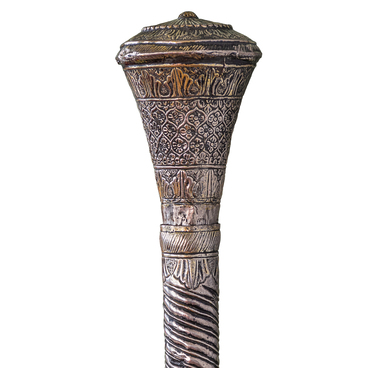The Caucasian red deer is one of the largest species of the Kuban fauna. The stag’s weight can reach 350 kilograms, and the shoulder height can be 1.5 meters. A female red deer is called a hind. They are much smaller than the stags and can weigh about 160 kilograms and be 1.3 meters high at the shoulder.
In Krasnodar Krai, Caucasian red deer inhabit the territory from Anapa and Novorossiysk regions, up to the Russian-Abkhazian border at an altitude of 60 to 3000 meters above sea level. Oak and beech forests are the favorite places of these animals. They often share territory and feeding grounds with bison.
In winter, the deer would rather stay in the forest, and in summer, they go to forest openings and high-mountain meadows. Apart from the grass, they eat tree and shrub leaves, wild fruits, nuts, and even pine needles. In order to make up the shortage of minerals in the organism, sometimes the animals eat or lick the soil in the areas where it is rich in salts.
Hinds and their offspring keep together in small groups. The stags graze alone until the end of summer. The mating season begins in September. At that time, the behavior of stags becomes aggressive and they try to drive away the possible rivals with a fierce roar. If they fail, they start fighting. Heavy antlers are the deer’s main weapon. Nevertheless, such a fight rarely ends with the death of the rival; more often the weaker stag simply escapes.
The deer, which live in the mountains, usually migrate. In winter, they climb down to the valleys with less snow, where it is easier to search for food. In summer, they return to the high mountain regions. In heatwave, the animals do not graze: they either take shelter in the shade of a tree or wait out the heat at the nearest source of drinking water. All deer are good swimmers and, if necessary, can swim across a river to escape from predators or to migrate to new feeding ground at the farther shore.
In Krasnodar Krai, Caucasian red deer inhabit the territory from Anapa and Novorossiysk regions, up to the Russian-Abkhazian border at an altitude of 60 to 3000 meters above sea level. Oak and beech forests are the favorite places of these animals. They often share territory and feeding grounds with bison.
In winter, the deer would rather stay in the forest, and in summer, they go to forest openings and high-mountain meadows. Apart from the grass, they eat tree and shrub leaves, wild fruits, nuts, and even pine needles. In order to make up the shortage of minerals in the organism, sometimes the animals eat or lick the soil in the areas where it is rich in salts.
Hinds and their offspring keep together in small groups. The stags graze alone until the end of summer. The mating season begins in September. At that time, the behavior of stags becomes aggressive and they try to drive away the possible rivals with a fierce roar. If they fail, they start fighting. Heavy antlers are the deer’s main weapon. Nevertheless, such a fight rarely ends with the death of the rival; more often the weaker stag simply escapes.
As a rule, a hind has one calf at a time — two calves are less frequent. The calves are born spotted — the spotted pattern provides camouflage in case of danger. Though they can look for food on their own, even as they are one month old, they usually consume grass and milk simultaneously. By the age of one year, pedicles become visible on males as buttons — these are the future antlers.
The deer, which live in the mountains, usually migrate. In winter, they climb down to the valleys with less snow, where it is easier to search for food. In summer, they return to the high mountain regions. In heatwave, the animals do not graze: they either take shelter in the shade of a tree or wait out the heat at the nearest source of drinking water. All deer are good swimmers and, if necessary, can swim across a river to escape from predators or to migrate to new feeding ground at the farther shore.



